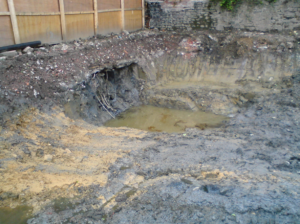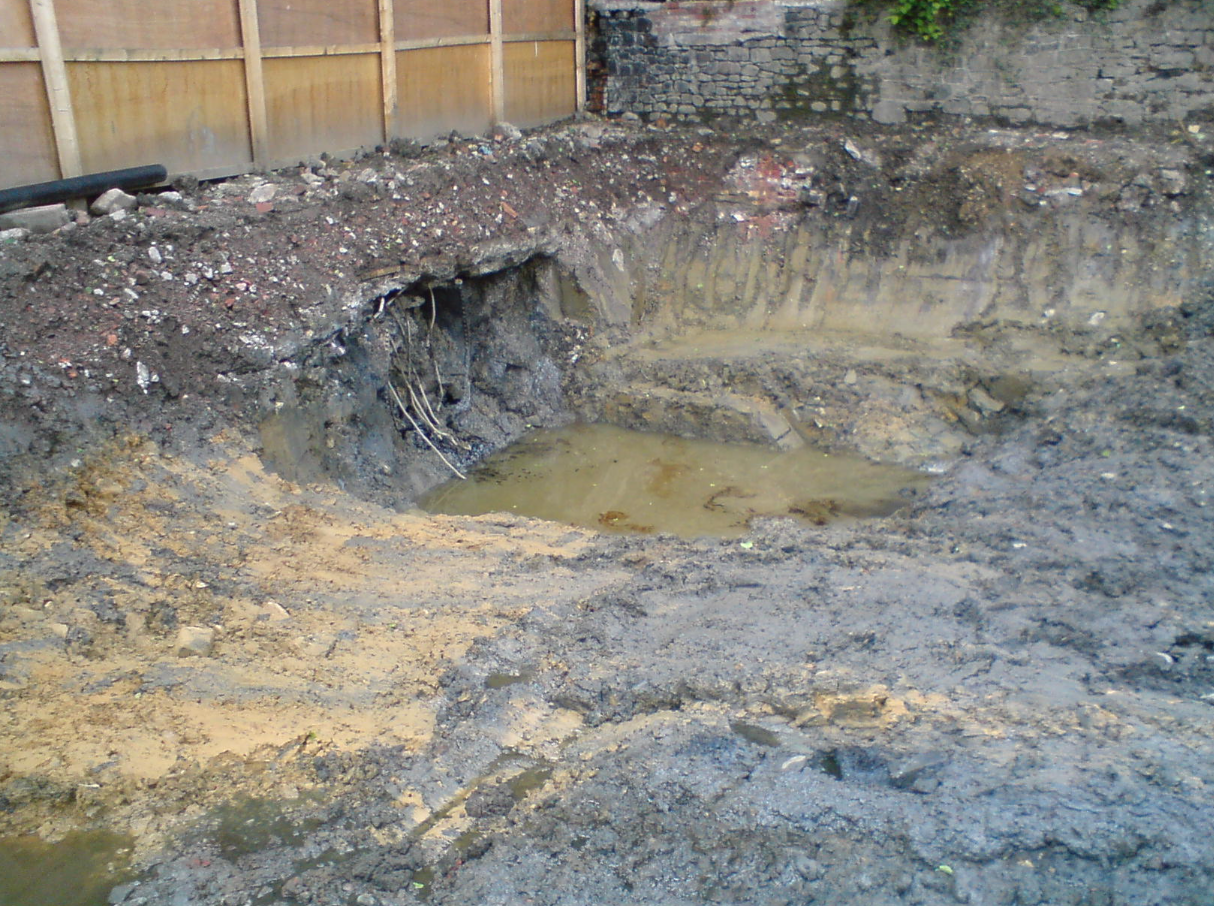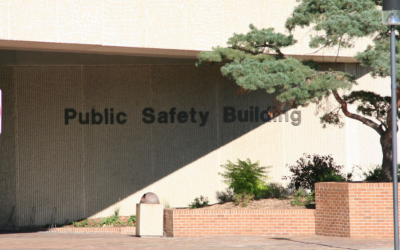A brownfield property is an abandoned site that has been contaminated by previous industrial use. Many brownfield properties are the former sites of dry-cleaning firms, manufacturing plants or gas stations. To be used, the site must be remediated and made safe.
The Environmental Protection Agency (EPA) has funded remediation projects for years and recently announced another $233 million for new projects, some of which are outlined in this column. The federal funding support is available for efforts to redevelop underutilized public assets and other properties that need to be sanitized to protect public health and the environment.
Many cities and counties benefit from economic revitalization by transforming polluted and abandoned properties. The EPA will soon announce even more funding allocations this year, and the upcoming awards will range from $500,000 to $4 million per project.
City officials in Houston, Texas will soon launch a brownfield remediation and redevelopment project on the former Velasco Street Incinerator site near Buffalo Bayou. The contaminated property is in an area historically impacted by industrial pollution. The project will be designed to remove a toxic ash heap left behind from decades of incineration. Once the polluted dirt is removed, the land will be capped and converted into a community park. Contracting solicitations will be issued soon because the remediation work will begin later this year.
Officials in Franklin County, Massachusetts were awarded $10 million in EPA funding to remediate what was once known as the Strathmore Mill Complex. It contains 10 dilapidated buildings and is polluted with petroleum, heavy metals and toxic chemicals. The project calls for work to begin with demolishing the abandoned buildings on the site. Then, the project calls for stabilizing a hydroelectric plant within the complex. The objective will be to restore the area so that a four-acre municipal riverfront park can be developed, and it will connect to an existing bike path. The site will also be ready for other uses, including light manufacturing, retail and professional offices. Road improvements will be required, and a closed pedestrian bridge will be restored. The project is currently in the final stages of design and demolition work is scheduled to begin in 2025.

Photo courtesy of Dumelow.
The city of Sherwood, Oregon, was awarded $5 million to remediate a brownfield property that was once home to a leather tannery. The site was home to a tannery plant for more than 30 years and a lead-acid battery manufacturing plant for almost 20 years. The federal funding will support the effort to clean and decontaminate the 25-acre area. The project will involve excavating and off-site disposal of soils and sediments with heavy metal concentrations, particularly from the Rock Creek floodplain. Contract solicitations will be released in 2025.
A $5 million award from the EPA has been designated for the city of Springfield in Massachusetts. Springfield’s state environmental agency has listed more than 1,290 documented brownfield sites, and the city of Springfield has 250 contaminated properties that represent abandoned schools, warehouses, mills, commercial properties, gas stations, auto repair shops, dry cleaners, tax-foreclosed properties and vacant lots. The brownfield properties collectively span more than 200 acres.
The upcoming remediation project calls for installing an 18-inch clean soil cap with a geotextile barrier to prevent access to contaminated soils. Then, the 16-acre site will be redeveloped into an eco-industrial park that will be used for green energy production, a landscaping business, a greenhouse food production operation and open green space. A farm stand and café will be built on the site, and an educational facility will focus on urban green development. The planning phase will begin in early 2025 and the remediation work is slated for 2026.
The city of Sandford, Maine received a $5.5 million grant to clean up a property once the home of a textile firm called the International Woolen Mill Boiler House. The site is contaminated with volatile organic compounds, inorganic contaminants, heavy metals and toxic chemicals. The presence of asbestos throughout the site further complicates the need for extensive environmental remediation.
The work will include demolishing the building and removing all contaminated soil. The site will then be capped to prevent contact with any remaining contaminants. Once remediated, the property will be redeveloped for residential and commercial use. Remediation work will begin in 2025.
The former Ravenna Rail Yard in Irvine, Kentucky, will be remediated with the support of a $5 million federal grant. The area, approximately 27 acres, was the site of a railyard that transported coal for more than 100 years. The property is contaminated with metals, volatile organic and semi-volatile compounds and petroleum hydrocarbons. Once the contaminated soil is removed, a soil cap will be placed over the ground to prepare it for future development. The yard will be transformed into a community greenspace featuring a music pavilion, campground, jogging trails and a renovated repair shop where historic steam engines are restored. The formerly abandoned site will become an entertainment venue and tourist attraction, generating revenue for the community. This redevelopment initiative also has private funding available. The project is currently in the planning phase, and work is scheduled for 2025.
A $5.8 million award was made to the Ohio Brownfield Remediation Program to support a remediation and redevelopment project located on an old industrial site. The land contains hazardous materials, including asbestos. Cleaning activities include asbestos abatement, some demolition, and the removal of all other contaminants to make the property viable for future development. Plans call for the work to begin in early 2025. By late 2025, RFPs will be issued for the redevelopment phase, and the site is expected to open as a mixed-use space by 2026.
The redevelopment effort will maintain the site’s historical integrity while promoting economic growth by developing the property into a venue for local businesses and cultural activities.
These types of projects represent high-priority initiatives launching throughout the U.S. Contracting opportunities are abundant for brownfield projects in almost every state.







